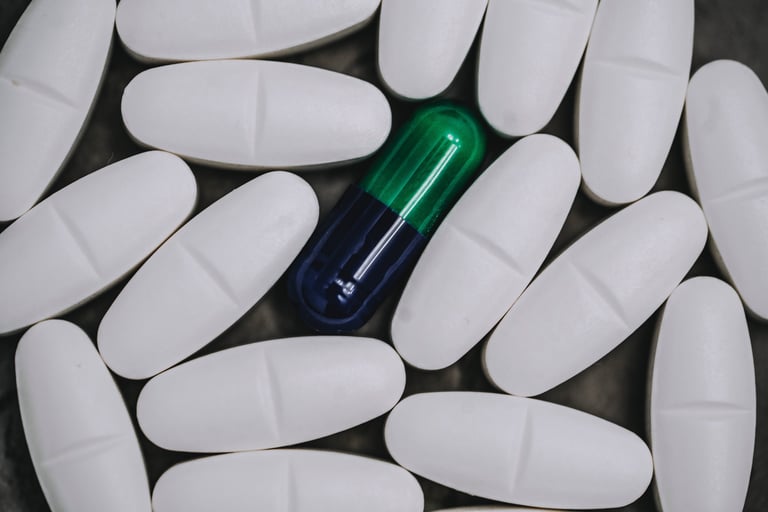Low Withdrawal Risk: High-Dose Buprenorphine Shows Promise in Combating Fentanyl Crisis
September 25, 2024
This finding is particularly significant in light of the alarming statistic that nearly 70% of the 108,000 overdose deaths in the U.S. in 2022 were linked to fentanyl, which is notably more potent than heroin.
Dr. Nora D. Volkow from the National Institute on Drug Abuse emphasized the need to adapt opioid treatment strategies to effectively address the evolving challenges posed by the fentanyl crisis.
Future research is crucial to understand the effects of high-dose buprenorphine across diverse populations and to evaluate long-term treatment retention and health outcomes.
A recent review published in the journal Addiction revealed that the rate of buprenorphine-precipitated withdrawal in adults is low, ranging from 0 to 13.2%.
The analysis reviewed insurance claims data from over 35,000 individuals diagnosed with opioid use disorder who began buprenorphine treatment between 2016 and 2021.
Lead author Dr. Caroline Gregory from the University of Ottawa noted that the fear of precipitated withdrawal should not deter the use of buprenorphine, as it remains an evidence-based treatment.
Buprenorphine, commonly known as Suboxone, can cause 'precipitated withdrawal' if not administered correctly, but it binds differently to opioid receptors compared to other opioids like fentanyl.
There is optimism that the growing body of evidence will prompt the FDA to revise its dosing recommendations, which currently influence insurance practices.
Preventing the need for urgent health care can significantly benefit the health and recovery of individuals with opioid use disorder, as highlighted by Dr. Bradley D. Stein.
The study indicated that adults on higher daily doses of buprenorphine, specifically those exceeding 16 to 24 mg, experienced a 20% longer time before requiring emergency care compared to those on lower doses.
However, access to these higher doses remains limited due to various barriers, including restrictive state laws and insurance policies.
Despite the favorable evidence supporting higher doses, the stigma surrounding opioid treatment and the medical culture also contribute to the underprescription of buprenorphine.
Summary based on 6 sources
Get a daily email with more Science stories
Sources

ScienceDaily • Sep 25, 2024
Higher doses of buprenorphine may improve treatment outcomes for people with opioid use disorder
National Institutes of Health (NIH) • Sep 25, 2024
Higher doses of buprenorphine may improve treatment outcomes for people with opioid use disorder
Medical Xpress • Sep 25, 2024
Higher doses of buprenorphine may improve treatment outcomes for people with opioid use disorder